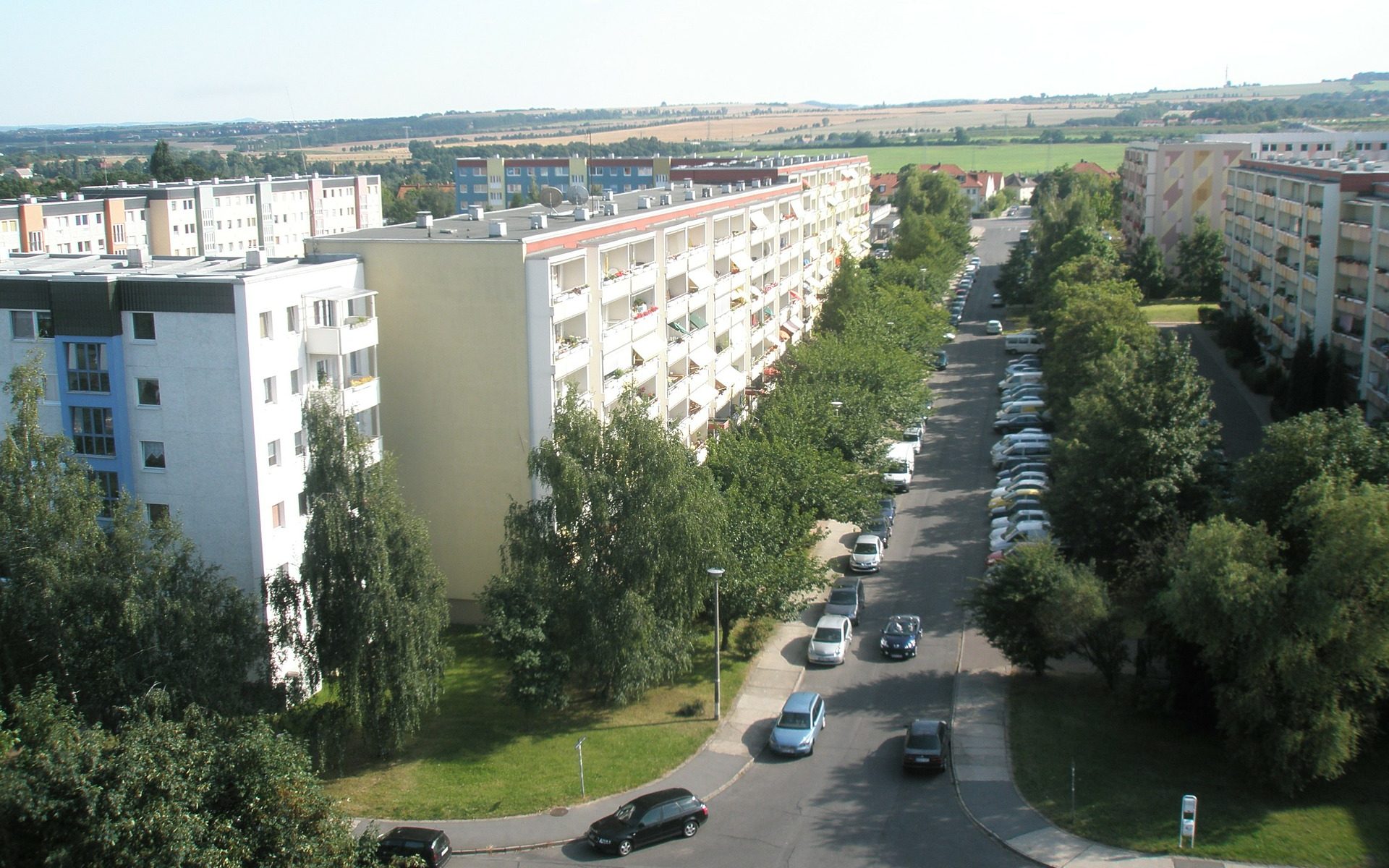In our recently granted Horizon 2020 project Ashvin, we defined a digital twin as a digital replica of a building or infrastructure system together with possibilities to accurately simulate its multi-physics behaviour (think of structural, energy, etc.). Additionally, digital twins provide possibilities to represent all important processes around the building or infrastructure system throughout its product development lifecycle. These processes include evolving design information (as-designed vs. as-built) and an accurate description of all relevant construction, as well as, maintenance activities. The technical enabler for such digital twin representations is the internet of things (IoT) that allows establishing connections between real-time data coming from sensors and cameras as to establish a close correspondence of the physical entities and processes with their virtual representation. This definition is similar to the definitions provided by others, such as the one provided by for example Sacks et al. (2020) – https://doi.org/10.1017/dce.2020.16.
A closer look at these definitions, however, reveal the inherent danger of blurring technical possibilities with the realities of engineering design work and the constraints that are imposed on engineering by the boundaries of human cognition. The technical possibilities we have nowadays in terms of increasing the sophistication and depth of models representing products and their behavior is growing quickly. At the same time, we are more and more able to fuse and combine different data-driven and physics based models with each other in ways that would have not been computational possible just a number of years earlier. What is missing from technically driven definitions is however a clear focus on how an increase in model complexity can support engineers.
Reflecting some more, the notion of the ‘twin’ of the real world that exists in the digital might be ill chosen. After all, engineers establish models as simplified and highly abstracted representations of the reality so that they can cognitively deal with reality’s complexity. Instead of ‘accurately simulating the multi-physics behavior’ and ‘representing all important processes’, engineers are probably better supported by models that are supported by simplified simulations of the multi-physics behavior and by the representation of very few processes. Of course, all with the aim to support engineers within their limited cognitive abilities. But also from the utilitarian understanding that a simpler model that allows for similar understanding, is superior to a more complex model.
To account for this aspect, it might be appropriate to start technical research and development efforts from a solid and in depth empirical understanding of engineering work. From this understanding clear requirements can be derived, not only in terms, of what needs to be modeled, but equally important how abstract these models need to be for allowing engineers to still come to creative conclusions within their cognitive abilities.

To allow for such a development approach, the strategy we will follow therefore on Ashvin is a clear focus on how engineers can impact the productivity, resource efficiency, and safety of construction processes within different phases of the design and engineering life-cycle. From this we derived a number of very specific applications for supporting engineers (we call this the Ashvin tool kit) and drive all digital twin related development work based on the requirements for these applications. The next three years will show how successful we can be with such an approach to achieve our envisioned impact. The project’s website should be online soon at www.ashvin.eu.


